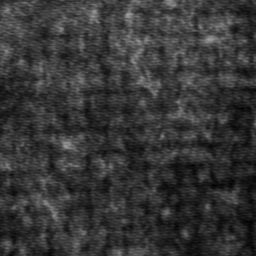
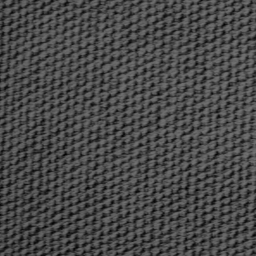
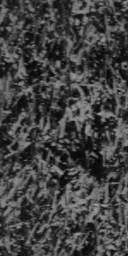
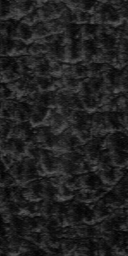
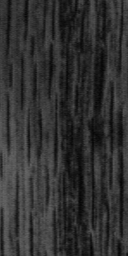
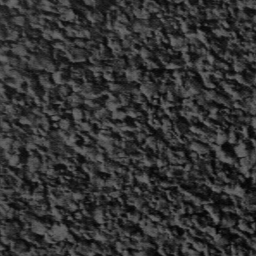
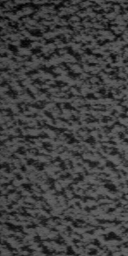
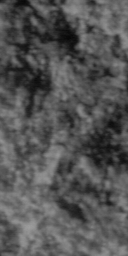
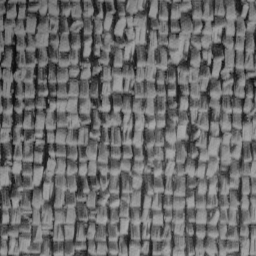
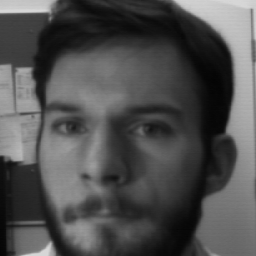
| David Clausi Dept. of Systems Design Engineering University of Waterloo Waterloo, Ontario Canada N2L 3G1 |
dclausi 'at' engmail.uwaterloo.ca
Tel: (519) 888-4567 x2604 FAX: (519) 746-4791 |
- Not all of the material in Chapter 8 of the course notes was covered in class. You are only responsible for material discussed in class.
- To make the crib sheet directions already provided a bit clearer, you are not allowed to include algorithms on the crib sheet. These do not fall into the category of "final equations".
- Graded labs will be available in the main office from Tanya by tomorrow morning (Tuesday).
| Topic |
SD372 Course Notes |
Schalkoff |
Duda, Hart, &
Stork |
| Introduction |
Ch.1 |
Ch. 1 |
Ch. 1 |
| Statistics Background |
Ch. 2 |
App. 1,2 |
App. A |
| Distance Classification |
Ch. 3 |
||
| Statistical Classification |
Ch. 4 |
Ch. 2 |
Ch. 2 |
| Parameter Estimation |
Ch. 5.1 |
Ch. 3 (p. 58-70) |
Ch. 3 |
| NonParametric Estimation |
Ch. 5.2 |
Ch. 3 (p. 70-82) |
Ch. 4 |
| Linear Discriminants |
Ch. 6 |
Ch. 4 |
Ch. 5 |
| Unlabeled Clustering |
Ch. 7 |
Ch. 5 |
Ch. 6 |
| Feature Selection |
Ch. 8 |
Ch. 1.3 |
| Cloth | Cotton | Grass | Pigskin | Wood |

|

|

|

|

|
| Cork | Paper | Stone | Raiffa | Face |

|

|

|

|

|